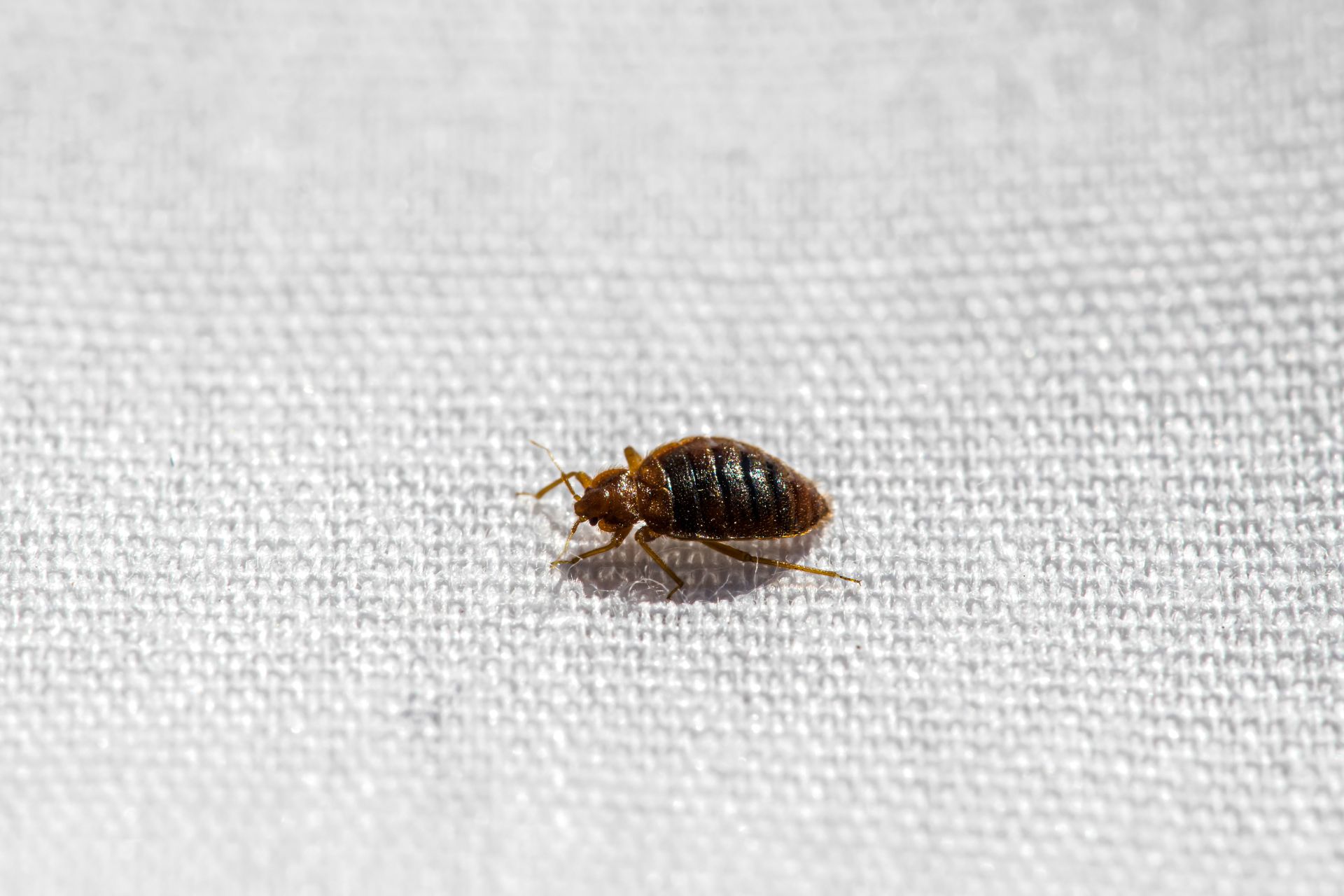Solutions for Eliminating Tiny Black Specks: Tiny Black Speck Bugs In Bathroom

You’ve finally tracked down those pesky tiny black specks, and now it’s time to get rid of them. Let’s face it, no one wants to share their bathroom with these little critters. Fear not, because we’re about to dive into a world of solutions that will leave your bathroom sparkling clean and speckle-free.
Identifying the Source of the Specks, Tiny black speck bugs in bathroom
The first step to eliminating any pest is to identify the source. Are these tiny black specks actually bugs, or could they be something else entirely? If you’re dealing with tiny black bugs, it’s important to know what kind you’re dealing with. Common culprits include:
- Carpet Beetles: These little guys are notorious for munching on fabrics, and they leave behind tiny black specks of their shed skins.
- Booklice: These tiny, wingless insects love damp environments and are often found in bathrooms. They’re not technically bugs, but they do leave behind tiny black specks.
- Mites: These microscopic creatures are often found in bathrooms, especially if there’s a lot of moisture. They can cause skin irritation, but they’re not the primary culprit behind the tiny black specks.
- Mold: Mold spores can also appear as tiny black specks, especially in damp environments.
Using Pesticides to Eliminate Tiny Black Specks
If you’ve determined that the tiny black specks are actually bugs, you might be tempted to reach for the pesticide. However, it’s important to be cautious about using pesticides in your bathroom. Pesticides can be harmful to your health and the environment. If you do decide to use pesticides, be sure to follow the instructions carefully and wear protective gear.
Using Traps to Eliminate Tiny Black Specks
Traps can be an effective way to eliminate tiny black specks without resorting to pesticides. Here are a few options:
- Sticky Traps: These traps work by attracting insects and trapping them on a sticky surface. Sticky traps are available at most hardware stores and are relatively inexpensive.
- Insect Traps: These traps use light or pheromones to attract insects. Insect traps can be effective for catching a variety of insects, including carpet beetles and booklice.
Using Natural Remedies to Eliminate Tiny Black Specks
If you’re looking for a more natural approach to eliminating tiny black specks, there are a few things you can try:
- Diatomaceous Earth: This natural powder is made from fossilized algae and is effective at killing insects by dehydrating them. Sprinkle diatomaceous earth around areas where you’ve seen tiny black specks. Be sure to wear a mask when applying diatomaceous earth, as it can irritate the lungs.
- Borax: Borax is a natural mineral that can be used to kill insects. Mix borax with water and spray it around areas where you’ve seen tiny black specks. Be careful not to let borax come into contact with your skin, as it can be irritating.
- Essential Oils: Some essential oils, such as peppermint oil and tea tree oil, can repel insects. Mix a few drops of essential oil with water and spray it around areas where you’ve seen tiny black specks.
Preventing Future Infestations
Once you’ve gotten rid of the tiny black specks, it’s important to take steps to prevent them from coming back. Here are a few tips:
- Keep your bathroom clean and dry: This is one of the most important steps you can take to prevent tiny black specks from returning. Clean your bathroom regularly, especially around areas where moisture can build up. This includes the shower, sink, and toilet.
- Seal cracks and crevices: Tiny black specks can easily enter your bathroom through cracks and crevices. Use caulk or sealant to seal any gaps around your plumbing fixtures, windows, and doors.
- Ventilate your bathroom: Proper ventilation is essential for preventing moisture buildup, which can attract tiny black specks. Make sure your bathroom has a working exhaust fan and use it whenever you shower or bathe.
- Store food properly: If you have any food in your bathroom, be sure to store it in airtight containers. This will help to prevent insects from being attracted to the food.
